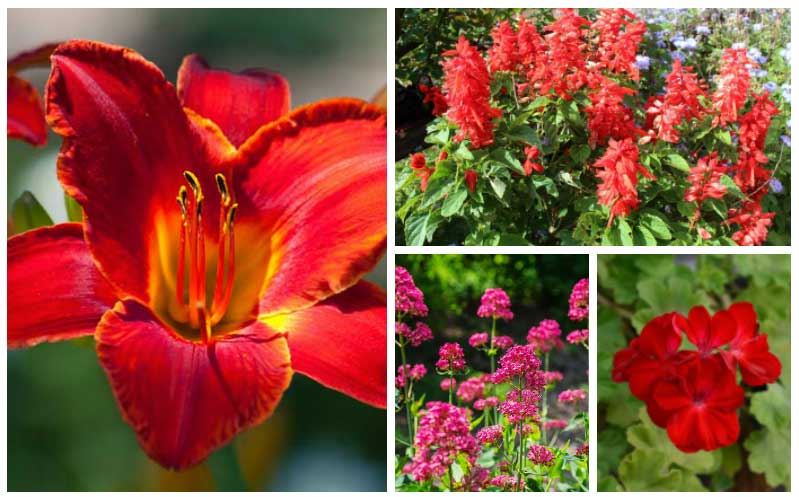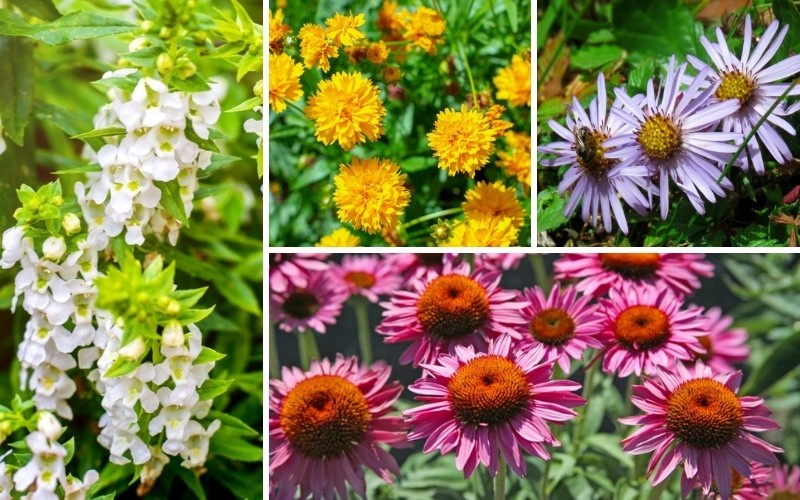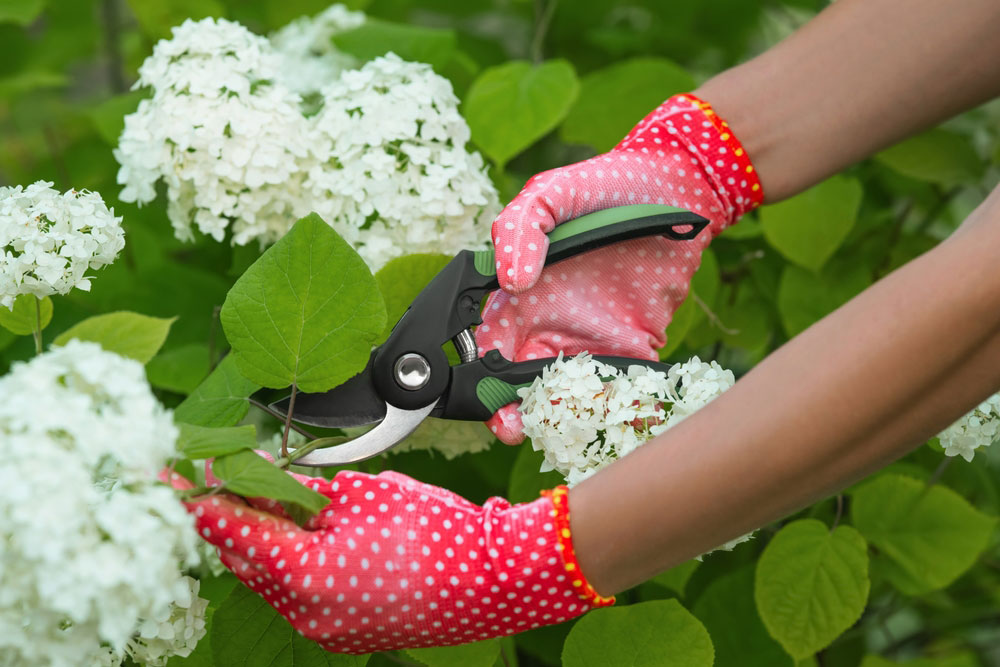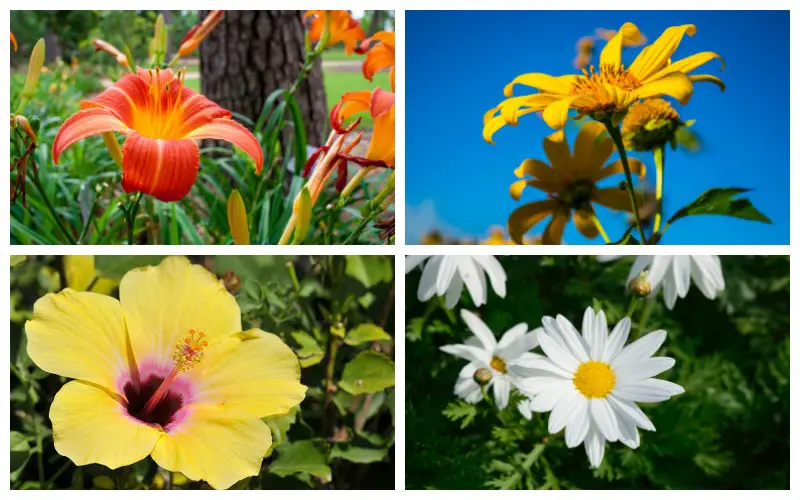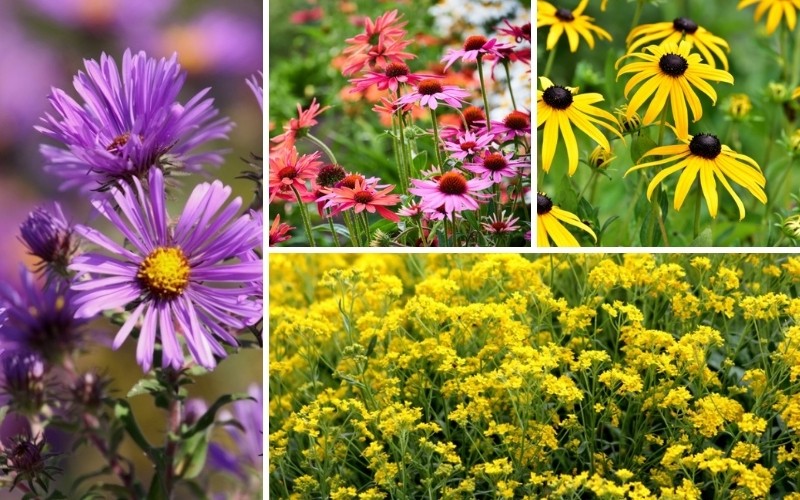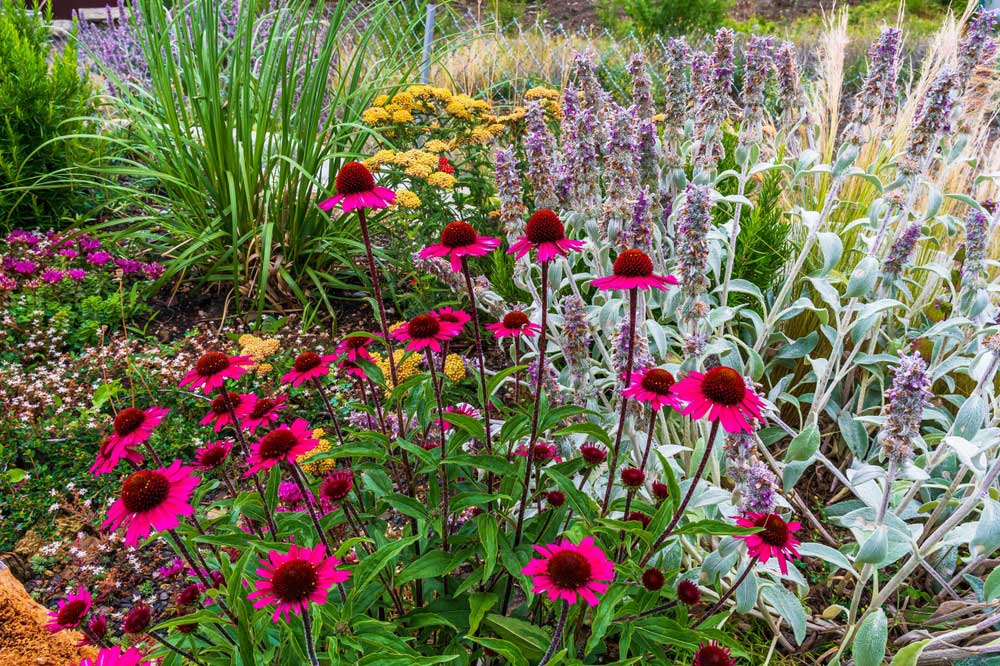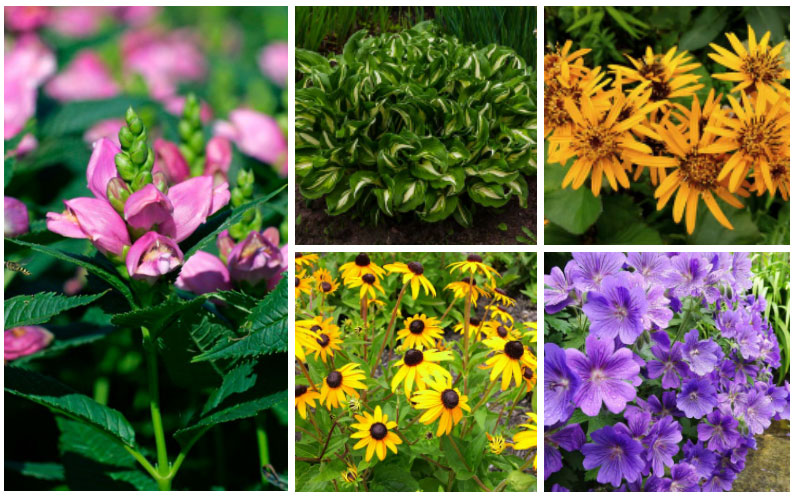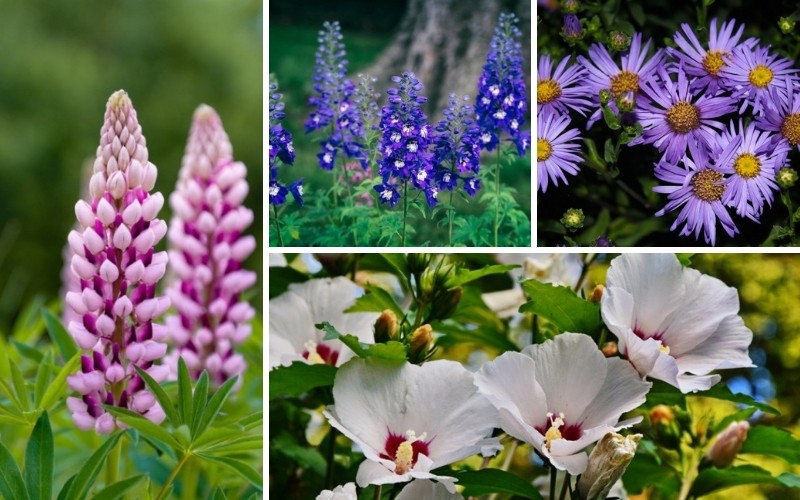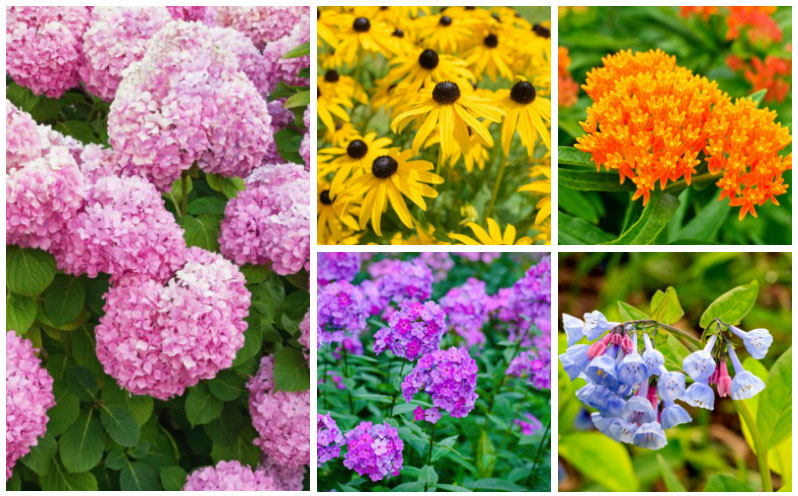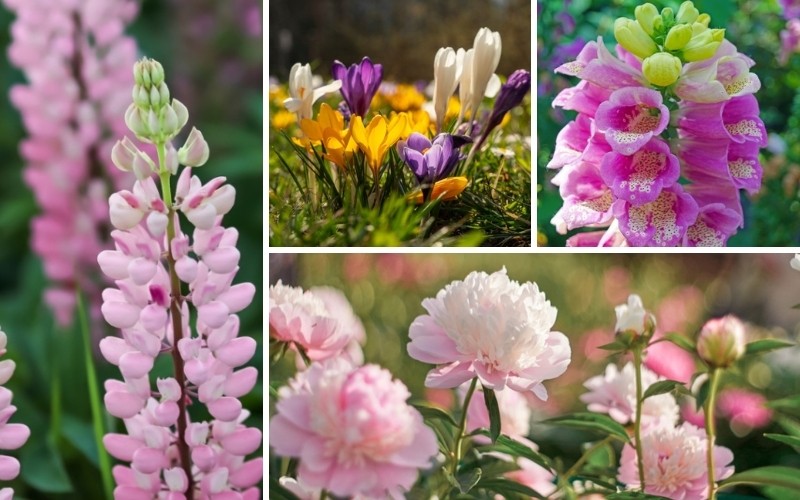
Growing zones in Connecticut range from 5b to 7a allowing for a wide range of perennials to be grown in the state.
While the recommended perennials below should do well throughout the state, it is important to note that there are variations in hardiness between cultivars of the same species.
Always check the plant identification label to determine that the variety you are considering is hardy in your location. Likewise, lighting requirements can vary and must be considered with each variety chosen.
Peonies (Peony spp.)
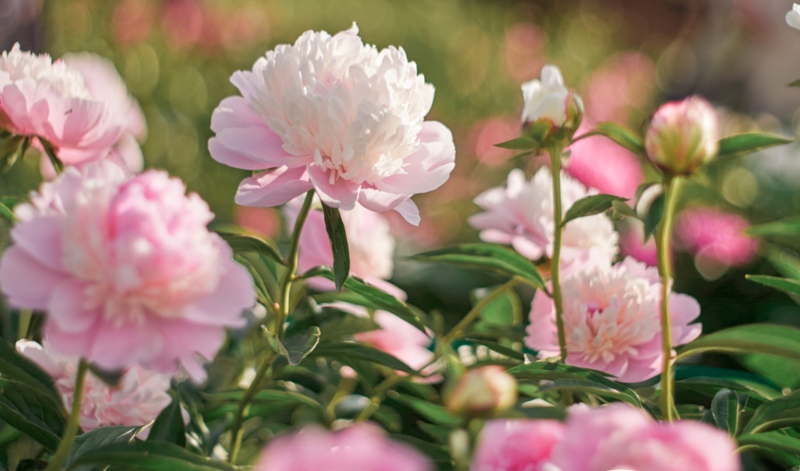
Peonies burst into bloom in late spring to early summer with their big, fluffy blooms that range in color from white and shades of pink to deep reds with many bicolors, too. These showy flowers attract bees and butterflies and put on a show for 2 weeks or more. You can extend the blooming season by planting varieties with varying blooming times. Peonies prefer full sun and humus rich well drained soil. Although they will tolerate some drought, for the biggest and brightest blooms be sure to keep the soil moist. They are hardy in USDA plant hardiness zones 3 through 8.
Lily of the Valley (Convallaria majalis)
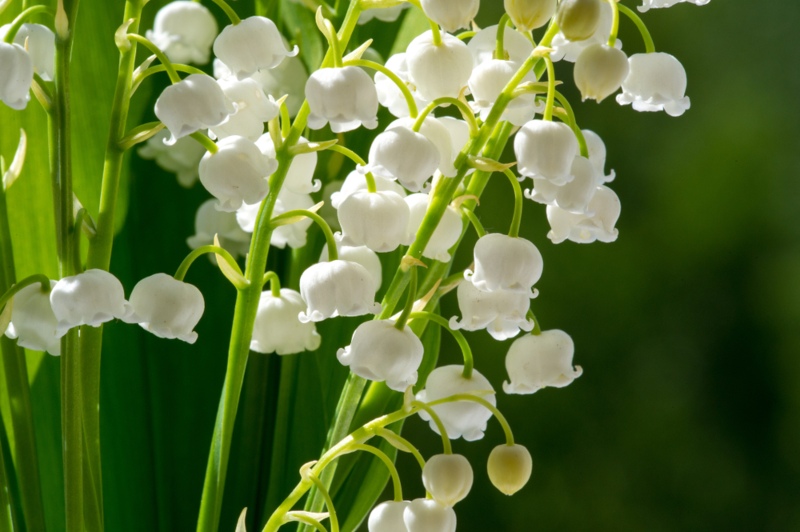
The lily of the valley is prized for its intoxicating fragrance, but its tiny arches of white (or pink) bell-shaped blooms shouldn’t be overlooked. These delightful lily flowers bloom in early spring shortly after many spring bulbs begin to fade. They prefer humus rich, well drained soil in a shady or semi-shady location. Lily of the valley is ideal for brightening a dark nook, but they do spread rapidly once they are established. Plant lily of the valley in a place where they can naturalize freely, and you will be rewarded by these little flowers each spring for years to come. They are hardy in USDA plant hardiness zones 3 through 9.
Crocus (Crocus spp.)

No perennial bed should be without an assortment of brightly colored crocuses to announce the arrival of spring. These hardy little flowers emerge just as the snow and ice melts in the spring and provide one of the first sources of food for hungry bees. They range in color from white and yellow to marvelous shades of blue and purple with many bicolors too. Crocuses naturalize easily and will increase in number each year. They are hardy in USDA plant hardiness zones 3 through 8.
Bleeding Heart (Dicentra)
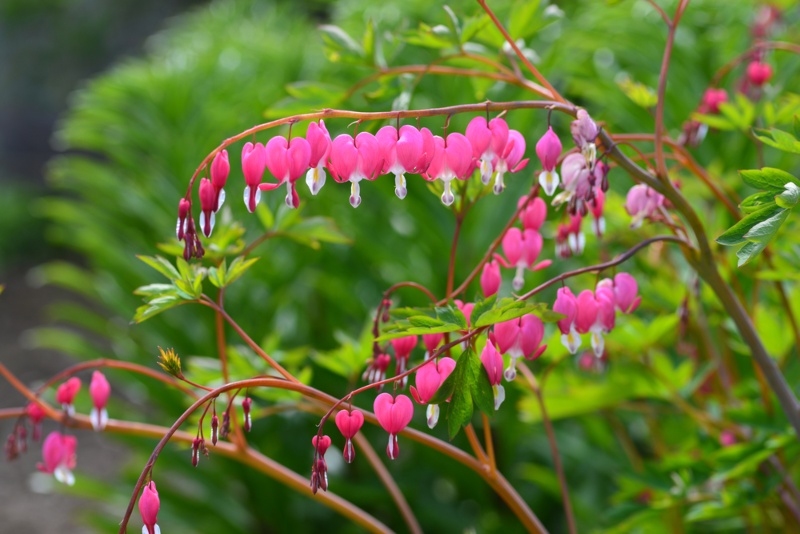
Bleeding hearts are reminiscent of old time gardens when they graced the door of nearly every home. The frilly or ferny foliage gives way to arching branches lined with dangling hearts in early spring to mid-summer, depending on the cultivars grown. While some bloom early and the foliage dies away over the summer, other varieties bloom nearly all summer or at least produce periodic blooms throughout the summer. The flowers range in color from pure white to shades of pink and red. Bleeding hearts prefer shade or partial shade and are hardy in USDA plant hardiness zones 3 through 9.
Iris (Iris spp)

Irises burst forth in late spring to early summer bringing the landscape alive with color. They range in both height and color, depending on the species. While many reach heights of 3 to 4 feet, there are several miniature varieties, too. Colors range from bright yellow to deep purple. They prefer humus rich, well drained soil in a sunny location. They are hardy in USDA plant hardiness zones 3 through 10.
Lupine (Lupinus spp.)
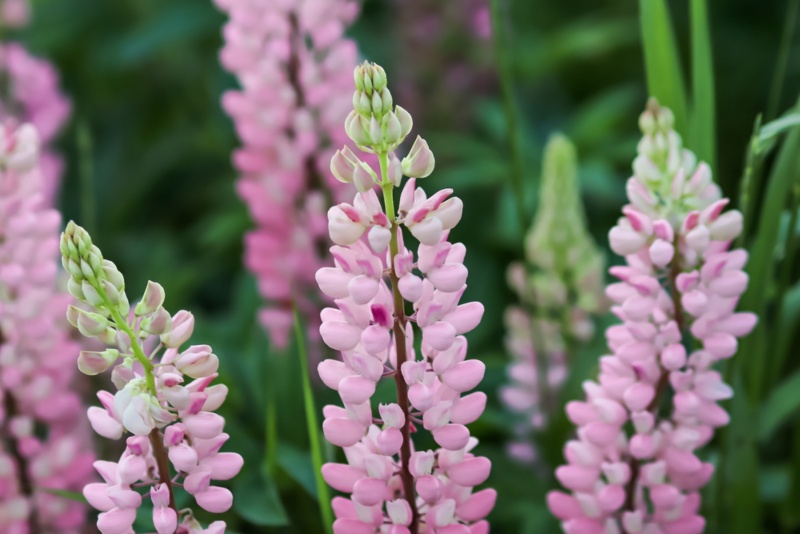
Lupines grow wild through much of New England lining roadsides and filling vacant fields, making them well suited for your perennial bed. These spring blooming flowers range in color from white and pastel pinks and blues to deep purple. There are even cultivated varieties in shades of red and yellow. Lupines prefer average, well drained soil and tolerate some drought. They prefer full sun, but will grow in partial shade. They are hardy in USDA plant hardiness zones 3 through 9.
Hollyhock (Alcea)
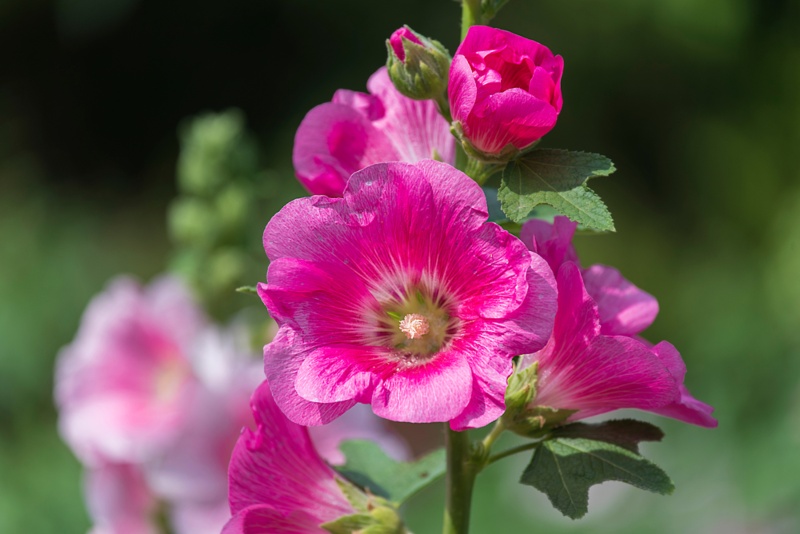
These stately flowers bloom in late summer and into the fall. Tall stalks that may reach heights of 6 to 8 feet are lined with bell-shaped flowers in shades of white, pink, yellow, purple and many gorgeous bicolors as well. The papery flowers attract bees, butterflies and hummingbirds. The plants form a rosette of leaves in the fall which overwinters and produces a tall spire and blooms the following year. Hollyhocks are hardy in USDA plant hardiness zones 3 through 8.
Asters (Aster spp)
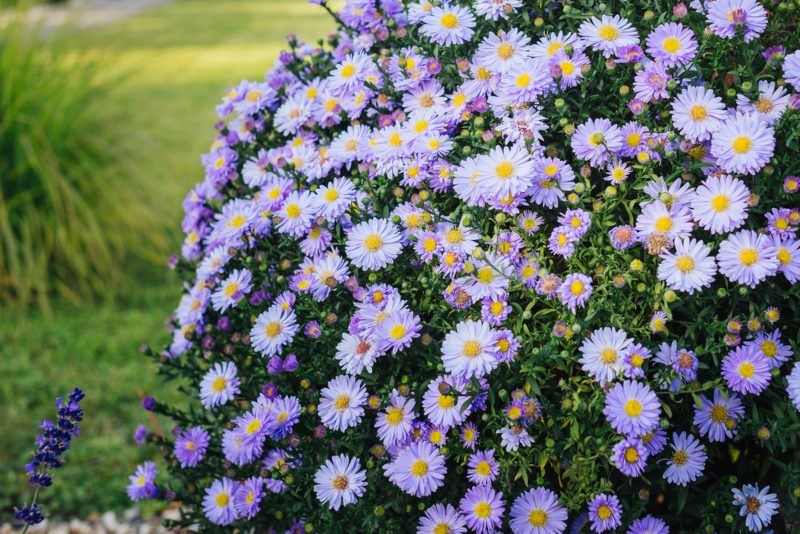
Asters bring a show of color in late summer and last until the frost in the fall. These daisy-like flowers are a magnet for bees and often seem alive with movement and sound. They are also a favorite of Monarch butterflies. They range in color from pastel pinks and blues to deep shades of purple and red. Asters prefer full sun and average to poor, well drained soil. Asters are hardy in USDA plant hardiness zones 3 through 8.
Foxglove (Digitalis purpurea)

Foxglove is a delightful spring flower reminiscent of informal cottage gardens. The rosette of foliage sends up a tall spire lined with tubular flowers that range in color from white and pink to purple and rose with a speckled throat. They prefer partial shade but will grow in full sun. Foxglove needs average, well drained soil and prefers a little supplemental water especially when blooming. It is hardy in USDA plant hardiness zones 4 through 10.
Coneflowers (Echinacea)
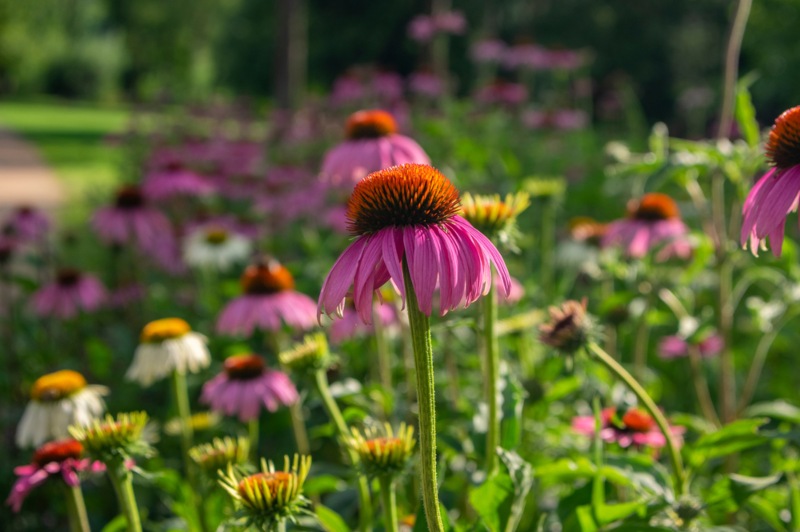
Coneflowers are the mainstay of perennial beds across much of America as their long-lasting color begins in early summer and runs until the frost in the fall. While purple coneflowers are probably the most popular, you don’t need to limit yourself to purple. Coneflowers come in a variety of colors including charming yellows and white. All feature petals that fold backwards revealing the characteristic contrasting cone in the center. They prefer full sun and average well drained soil. Coneflowers are hardy in USDA plant hardiness zones 3 through 8 depending on the variety.
See our Coneflower growing guide here
Russian Sage (Perovskia atriplicifolia)
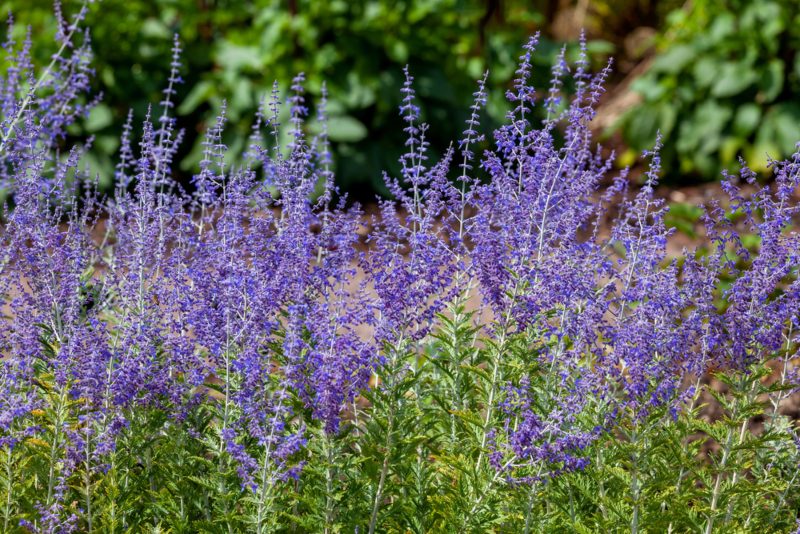
Russian sage graces the flower bed with color in early to mid-summer with graceful arches of blue-green foliage adorned with delicate purple-blue flowers. This plant resembles lavender in both color and foliage shape and even gives off a distinct herbal scent. It attracts bees and butterflies and thrives in full sun. It prefers average, well drained soil. It is hardy in USDA plant hardiness zones 5 through 9.
Conclusion
Maintaining a perennial bed typically involves digging and separating perennials every 3 to 5 years to prevent them from becoming overgrown, watering, fertilizing and weeding the bed. While the flowers will come up again every year, it is your job to make sure they have what they need to thrive. Applying a 2 to 3 inch layer of organic mulch around your established plants will help conserve moisture and suppress weeds. Otherwise, fertilizing the bed with a water-soluble fertilizer in the spring when new growth appears and again in midsummer is likely all the fertilizer your bed will require. Always use the health of your flowers as a guide to when and if more fertilizer or supplemental watering is required.





